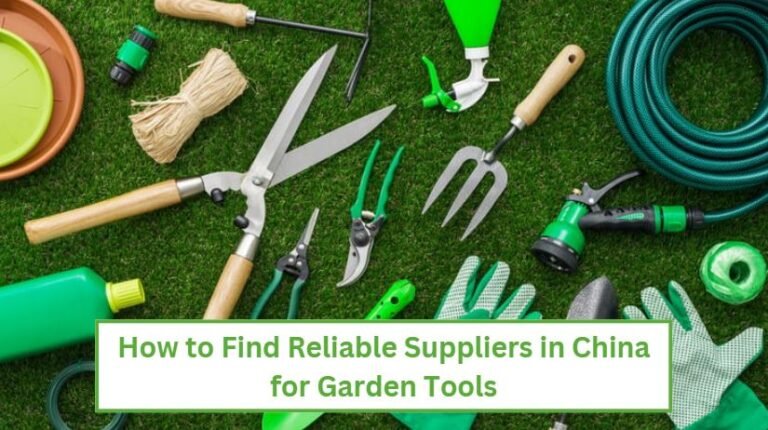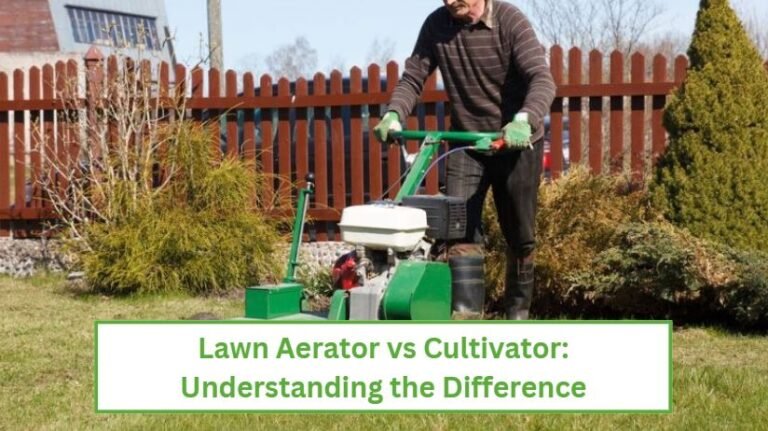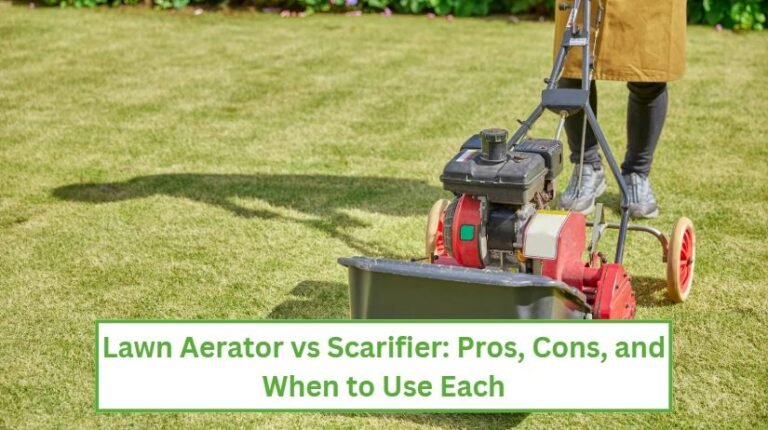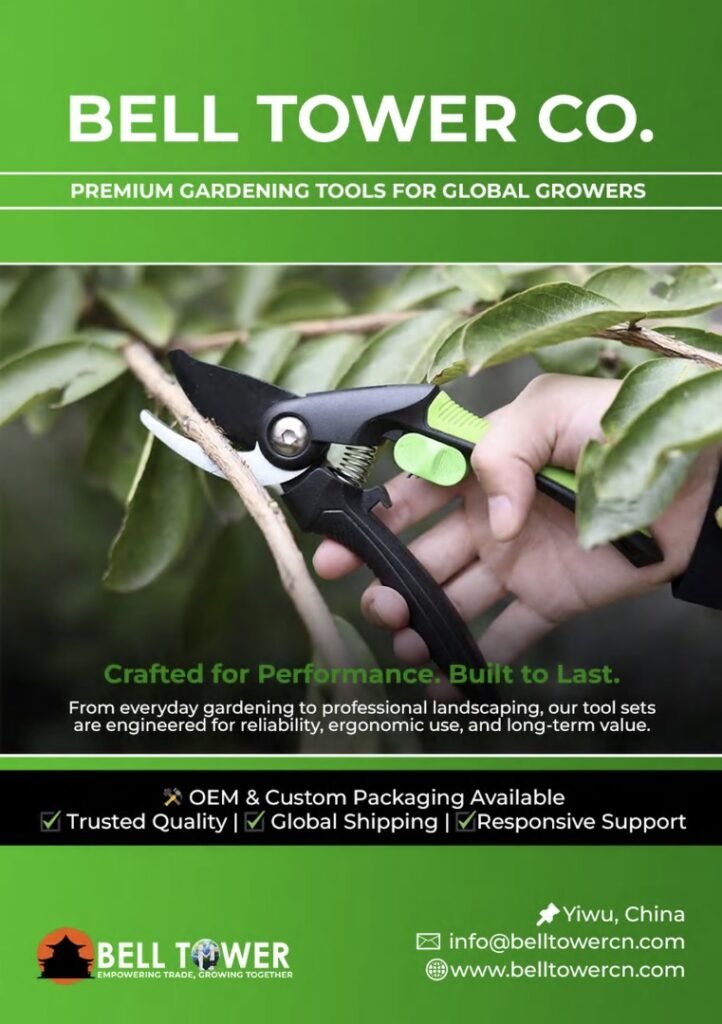If you’ve been gardening for a while, you’ll know how rewarding of a hobby it is. But, it comes with a challenge: Fighting pathogens! There are viruses, bacteria, and fungi that can destroy your flowers, shrubs, and vegetables if you let them. But, how do these pathogens spread from one host to another? Your garden tools!
Cleaning and disinfecting these tools isn’t only good gardening hygiene, it keeps your plants healthy and prolongs the tools’ lives. The good thing is it’s easy and straightforward. In this post, we’ll talk about why cleaning is an essential preliminary step, why do it, and how to disinfect your tools the right way.
Let’s dive in.
Cleaning Garden Tools
Before you disinfect your tools, they need thorough cleaning. Why’s that? Because dirt, sap, and parts of plants can stick to these tools, offering pathogens a safe haven.
If you skip this step, disinfectants might not reach those areas, leaving your tools prone to infections. Cleaning lets you disinfect effectively.
Cleaning Methods
You don’t need any fancy tools or solutions for cleaning. Here are a few simple methods:
Water Rinse
Soak your tools in a tub of water or use your garden hose to clean loose dirt from tools.
Brush It Off
For grime, use a stiff-bristled brush. Use a wire brush for metal parts.
Wipe Down
Use a clean, damp cloth to clean small tools like pruners.
Soap
A soap-and-water solution works great for tools that are extra dirty.
How to Disinfect Garden Tools?

Cleaning doesn’t work on germs. To remove pathogens, you need stronger methods.
Even spotless gardening tools can have life-threatening pathogens. Disinfecting removes these pathogens, providing your plants a safe environment to grow.
Common Disinfectants
Let’s talk about the most effective disinfectants and how to use them the right way.
Bleach (Sodium Hypochlorite)
Bleach works against almost all kinds of pathogens. Create a 10% solution (90% water + 10% bleach). Rinse your tools for 30 minutes in the solution and then rinse and dry. Probably the only downside to using bleach is that if overused it can rust metals.
Alcohol (Isopropyl or Ethanol)

Soak a piece of cloth in a 70 – 100% alcohol solution and wipe the tool thoroughly. Let it air dry. The method is perfect for pruners.
However, remember that alcohol is highly flammable, so keep everything away from flames.
Household Options
If you want even more convenience, go for the common household disinfectants. This can be a lysol spray or wipes. Simply spray or wipe your tools with a store-bought disinfectant.
However, note that this method may not be effective for tough plant pathogens. Look for solutions that mention fungi or bacteria.
Trisodium Phosphates
TSP or trisodium phosphate is a heavy-duty disinfectant commonly available in the form of powder or granules.
The best part is that you can use this potent chemical for both purposes: Cleaning and disinfecting gardening plants.
Here’s how to use it:
Take 1 gallon of water and add ⅓ cup of TSP to it to make a solution. Warm water dissolves it faster.
Stir the mixture until it becomes a consistent solution and submerge your tools in it for about 1 – 2 minutes.
Next, rinse your tools with water thoroughly. Why’s it important? Because any leftover TSP can corrode metallic parts.
Lastly, wipe the tools with a dry cloth or let them air dry. This prevents rust.
Check out our premium gardening toolset:
Boiling Water
Boiling water kills most pathogens, like bacteria, fungi, and viruses because of intense heat.
The process is simple. Take some water in a pot (Enough to submerge the tools you want to disinfect) and put it on a burner.
As soon as the water starts boiling, submerge your tools with tongs (To avoid burns) and wait for 5 – 10 minutes.
Lastly, take them out with tongs and dry them thoroughly once they’re cool enough.
The boiling water method is great for gardeners who want to avoid chemicals or prefer natural methods. However, it’s only practical for small tools, as most large ones won’t fit in a pot.
Hydrogen Peroxide
3% hydrogen peroxide, which is easily available in stores, is a mild disinfectant that’s less aggressive than alcohol or bleach but offers good pathogen-killing properties.
To disinfect gardening tools, just soak a clean cloth in a 3% hydrogen peroxide solution and wipe tool surfaces thoroughly.
Let the disinfectant do its work for at least a minute before allowing the tools to air dry.
Check Out Our Premium Gardening Tools Here
When to Disinfect Gardening Tools?
When it comes to keeping your tools free of pathogens, timing matters a lot. Here’s when you should be disinfecting them.
After Every Use: Disinfect your tools every time you use them on infected plants or soil. This will help stop the spread of diseases from one host to another.
Every Season: Disinfect your tools before you store them away at the end of the season or prepare for the new season.
As Needed: When you haven’t used them in a while or they look dirty, rusty, or grimy, give them a thorough cleaning and use a potent disinfectant.
Frequently Asked Questions
Let’s address some frequently asked questions related to disinfecting gardening tools.
What is the Best Way to Disinfect Garden Tools?
It mainly depends on your gardening tools. Alcohol wipes are great for small tools like pruners, while a bleach solution is more suitable for larger tools or heavy-duty jobs.
Can I Use Vinegar to Disinfect Garden Tools?
Vinegar might kill a few pathogens, but it’s not strong enough. Effective disinfecting requires a more potent solution, like alcohol and bleach.
What are the Risks of Not Disinfecting Garden Tools?
Skipping this step can:
- Spread diseases: Pathogens move from affected to non-affected plants
- Increase costs: You’ll have to replace your tools and dead plants
Conclusion
Your gardening tools need proper care. Bacteria, viruses, fungi, and other pathogens can easily jump from one plant to another if you don’t clean and disinfect your tools at the right time and with the right methods.
Pick a disinfecting method that suits your style and tools – Alcohol, bleach, boiling water, hydrogen peroxide, or something else – and stick with it.
Don’t forget to clean your tools before applying a disinfecting agent or solution. This might feel like extra work, but a little care goes a long way toward a flourishing garden.
You May Also like: How to Choose Pruning Shears?




